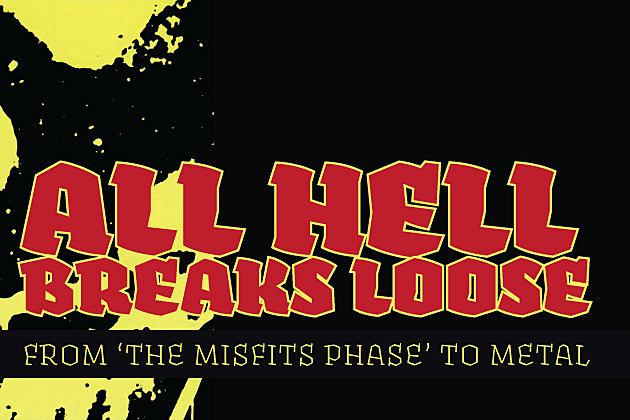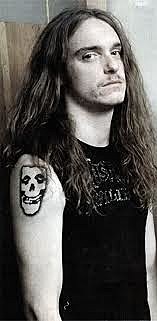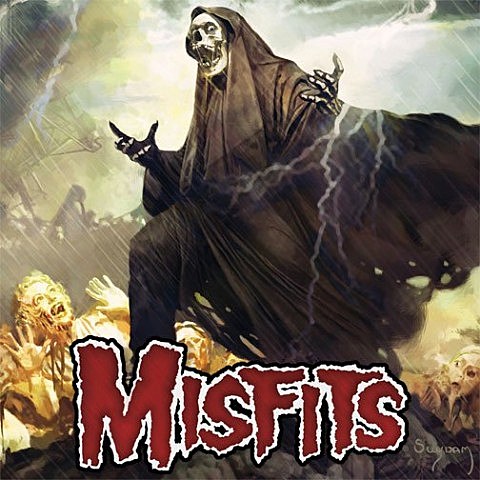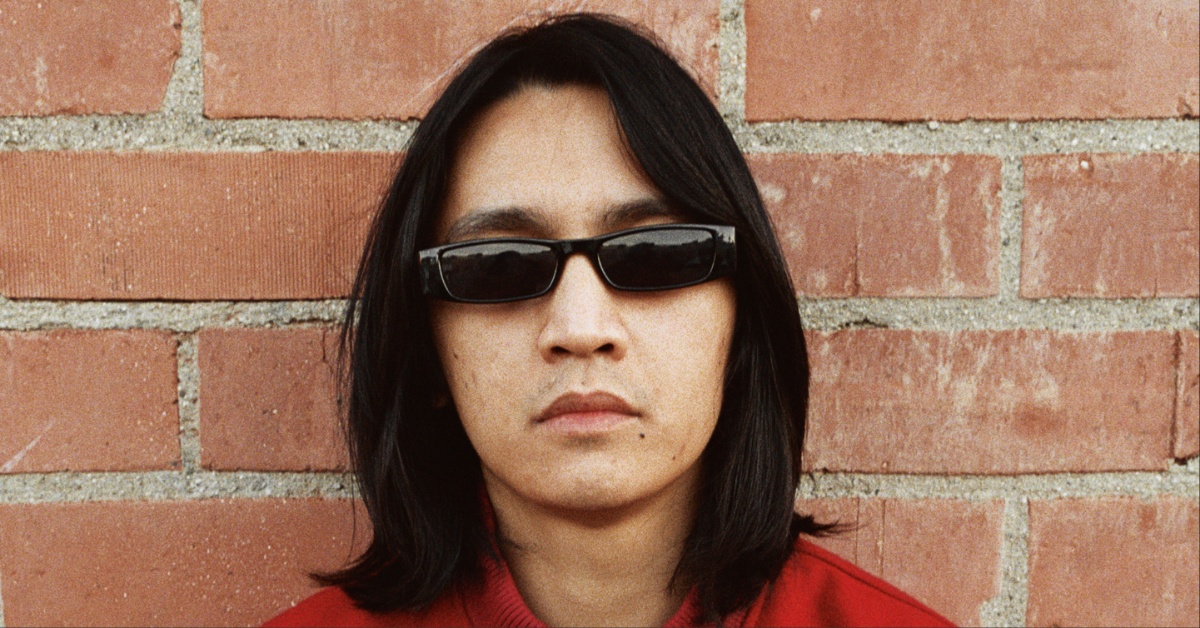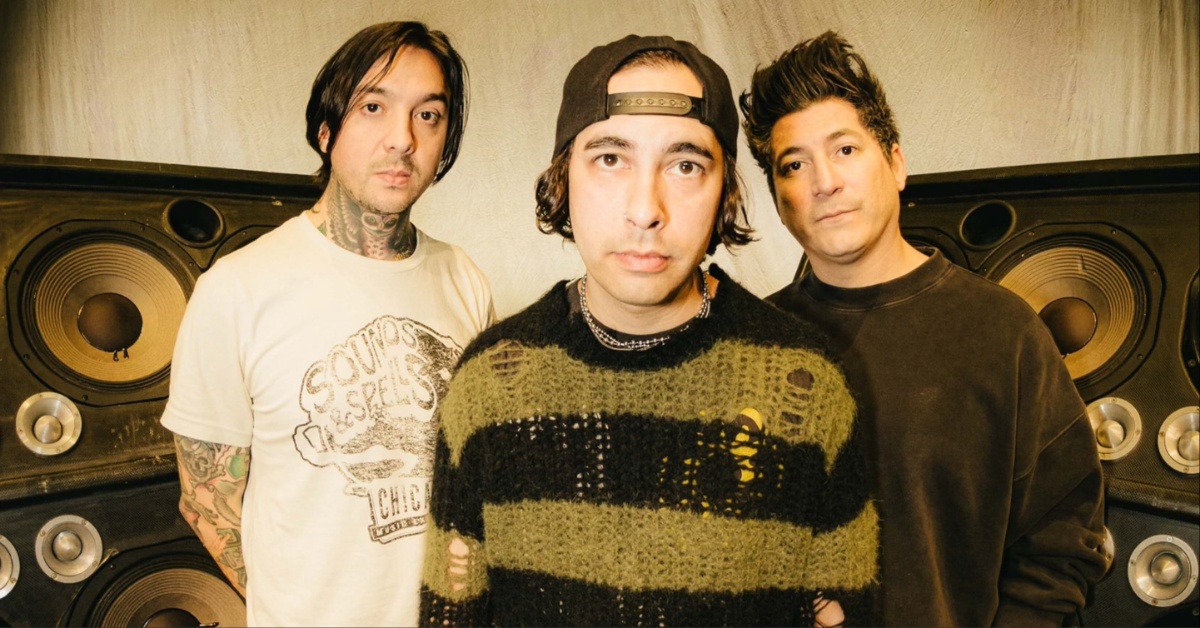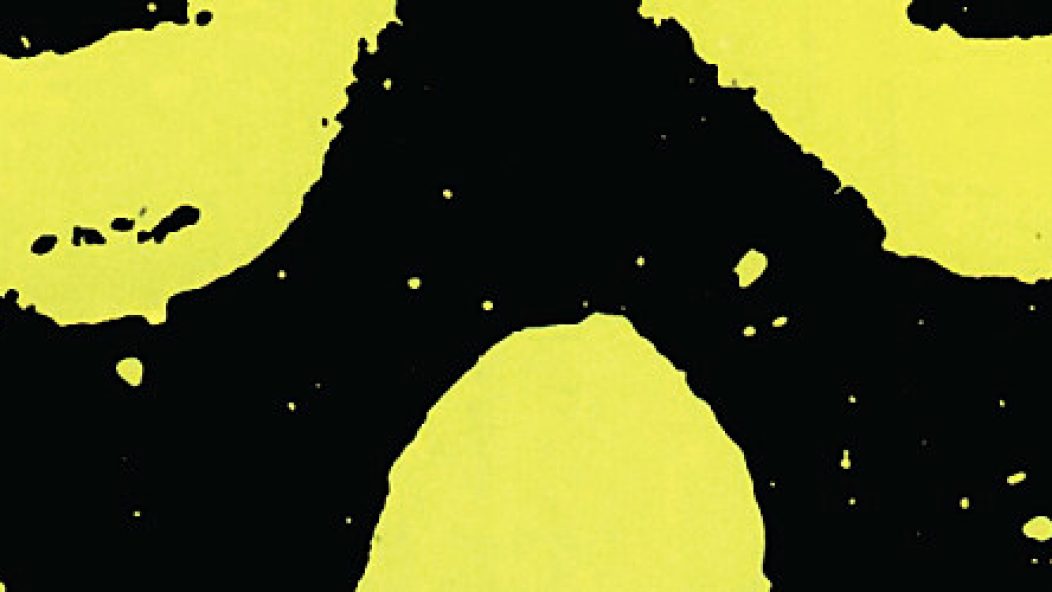
A Metalhead's Misfits Phase
. . .
While not exactly a metal band, it would be safe to say that the Misfits hold a special place in the hearts of many metal fans. Of course, there is crossover appeal; the Misfits utilize dark imagery, and the original lineup released the fast and heavy album Earth A.D.. The “resurrected” lineup of the late 1990s had a sound that was a bit more metal-tinged (or, as I once heard it described, like “metal, if metal weren’t talented”). Many metal bands, such as Metallica and Guns n’ Roses, were influenced by the Misfits, and covered their songs. But there is more to the story than this. Before many of us got into metal, we worshiped those founders of horror punk, and went through what I like to call “the Misfits phase”.
. . .
. . .
I’m sure you all know what I am talking about: a period during the teenage years when one gets sucked in by the crimson ghost’s peering gaze and sinister smile, and eats, sleeps, lives, and breathes the Misfits. I had one friend who wore his Misfits shirt six days a week and only took it off on the other day so his mom could do laundry! Most people outgrow the Misfits phase, and move on to other bands and genres, while some others stay in it for their entire musical lives. Although platforms such as the internet have opened up many doors, punk and heavy metal have always been two of the biggest points of entry into music subcultures for young people. Many adolescents and teenagers gravitate towards metal and punk due to their rebellious qualities and adrenaline-fueled nature, something which has not really changed over the past 30 years. Older music fans can usually find something to enjoy in all music genres, but during the formative years, people can be a bit more closed-minded. Often it is only one genre or the other. While some metal fans pick metal initially and stick with it, many people get into punk first and discover metal later. The Misfits phase is a crucial period of this evolution and is a time that causes many former teenagers from Mars to look back fondly, and/or cringe with embarrassment.
Personally, I went through the Misfits phase at the embarrassingly late age of 18. My first Misfits shirt came from a friend who moved on from the Misfits to liking deathcore when he was 17. I felt as if it had been passed down to me from the previous generation, even though my friend was a year younger than me. Better late than never, I suppose. The Misfits are not only one of my top five favorite bands, they also gave me a new perspective on how to appreciate music.
Even though I fit into the camp that found metal first, I would not have embraced metal the way I do now were it not for the Misfits. I went through many of the rites of passage common to other kids my age: seeing metal videos on Beavis and Butthead, learning to play guitar, and inheriting my parents’ record collection. With my hormones raging and tastes growing accustomed to the classics like Metallica and Black Sabbath, I wanted something else and sought out more extreme sounds to complement the dejection I was feeling as a misunderstood teenager.
I bit off more than I could chew when I found Cannibal Corpse. As a somewhat sheltered 14 year-old, looking at their album covers at the local mall and hearing songs called “Fucked with a Knife” and “Meat Hook Sodomy” scared me away from extreme metal. After this, I still liked metal but shifted most of my musical consumption and identification to punk, because it still had the energy, without the “scary” or transgressive overtones. I got into most of the entry level, old school punk bands like the Dead Kennedys and Operation Ivy, but for some reason the Misfits eluded me for a few more years.
Around age 16, I read an interview with Kerry King in some guitar magazine that removed the blinders from my eyes. He explained how Slayer uses graphic imagery metaphorically, as a catharsis for real world problems. He claimed that the vast majority of metal fans understand this, but it’s the church burners and the grave desecrators, who can’t tell the difference between fantasy and reality, who give heavy metal a bad rap. While it seems like a total no-brainer now, this suddenly made a lot of sense to me, and I let metal into my life. I realized Cannibal Corpse were not actually serious about shredding humans, and that listening to metal did not inherently make me serious about it either. (Now when I think of Cannibal Corpse, I think of Alex Webster’s phenomenal bass playing, Chris Barnes “traveling the galaxy” with a bag of Doritos, and Corpsegrinder doing the Dew and “pwning n00bs” in World of Warcraft). While Slayer first opened my eyes to this concept, it was the Misfits who perfected it, and showed me how much pleasure I could find in the violent world.
The Misfits showed me that music need not take itself too seriously, and that it is something to have fun with, no matter what your idea of fun is. I entered my Misfits phase the day my all-time favorite song “Skulls” first came ripping from the speakers. “Skulls” has the same I-V-vi-IV chord progression found in countless pop punk songs, but this time it sounded fresh and exciting. Maybe it was the production, or the performance; most likely, it was the lyrics that only Hell’s Elvis himself, Glenn Danzig, could have howled. Often noted as a great singer and songwriter, Danzig has an uncanny way of belting out shocking lyrics in his 1950s baritone voice that are both immediate and stunning. A friend once told me that saying you hate the Misfits is like saying you hate melody. But what really made the Misfits special to me is how their songs could be so catchy, and still have lyrics about zombies, killing children, and presidential assassinations. You know that you’ve been through the Misfits phase if you’ve ever thought that it would be impossible for anyone not to love the Misfits.
. . .
. . .
Like all good things, the Misfits phase comes to an end, and people move on. While some return to “normal” life and music, for others the Misfits phase is just the beginning. The Misfits’ combination of horror-themed lyrics and classic, pop-inspired hooks are what pull in aspiring young punks, but the trajectory of the post-Misfits phase often mirrors the dissolution of the original Misfits line up. Around 1983, Danzig wanted to pursue heavier and darker territories than bassist Jerry Only and his brother Doyle, so the band broke up. The more open-minded Danzig went on to lead experimental project Samhain, and bluesy metal group Danzig, who released their ninth album last year. The other two formed a Christian band called Kryst the Conqueror, brought back a cleaned-up and over-merchandised version of the Misfits with vocalist Michael Graves, and now Only carries on the name with a punk-rock-retirement-club lineup. For those who take Danzig’s path, clearly the high road, the Misfits are a gateway drug for metal.
. . .
. . .
The Misfits will release The Devil’s Rain on October 4th, 2011 – their first album of original material in 12 years. Even though they sound like a bad Misfits cover band now, look at that cover!
. . .
http://www.youtube.com/watch?v=iqEFBe9XOVE&feature=related
Misfits – “Skulls”
. . .
Misfits – “Hybrid Moments”
. . .
BUY THE DEVIL’S RAIN
Misfits Fiend Store (Ltd. Deluxe Edition CD)
. . .
